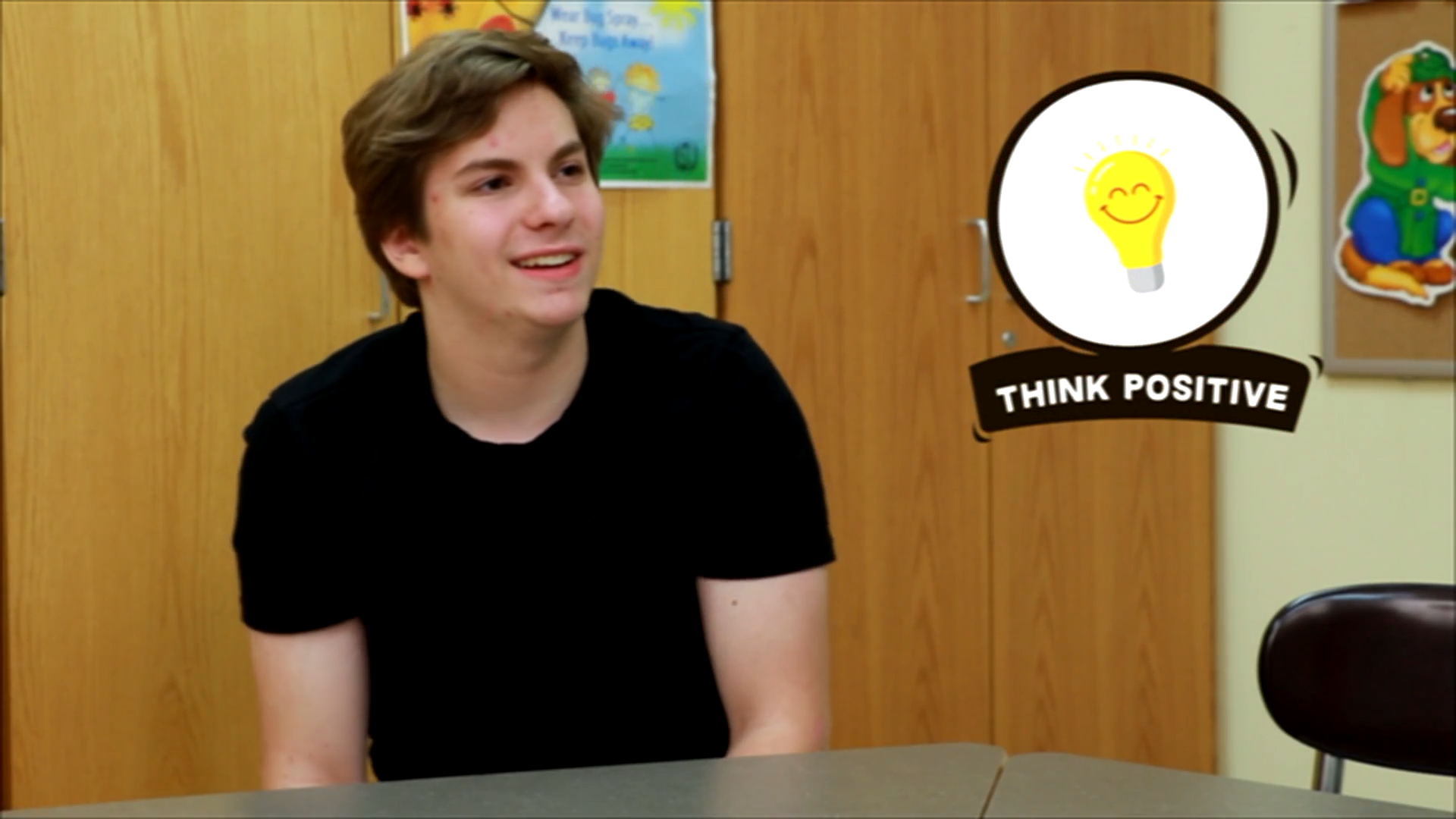Introduction
Positive self-talk is a powerful tool that can help high school students overcome challenges and build their self-esteem. By replacing negative thoughts with positive ones, students can gain confidence and develop a more optimistic outlook on life. In this blog post, we will explore an engaging no-prep activity for educators to teach positive self-talk, along with discussion questions to facilitate a deeper understanding of the concept and related skills.
No-Prep Activity: The Positive Self-Talk Challenge
This activity requires no preparation or materials from the educator. Here’s how it works:
- Ask students to think of a recent situation in which they felt stressed or overwhelmed.
- Next, have them identify the negative thoughts they experienced during that situation.
- Encourage students to reframe those negative thoughts into positive self-talk statements, using “I” statements like “I can handle this” or “I will learn from this experience.”
- Have students share their positive self-talk statements with a partner or in small groups, discussing how these statements make them feel and how they can apply them in future situations.
This activity not only helps students practice positive self-talk but also encourages them to reflect on their emotions and experiences, fostering self-awareness and resilience.
Discussion Questions
- Why is it important to replace negative thoughts with positive self-talk? How can this impact our emotions and actions?
- Can you think of a time when positive self-talk helped you overcome a challenge? How did it change your perspective or feelings about the situation?
- What are some strategies for catching ourselves when we start engaging in negative self-talk? How can we be more mindful of our inner thoughts?
- How can we support our peers in practicing positive self-talk? What role can empathy and active listening play in this process?
- Do you think positive self-talk is more effective for certain situations or emotions? Why or why not?
Related Skills
Positive self-talk is just one aspect of Social-Emotional Learning. Other related skills that can help students develop emotional resilience and healthy coping mechanisms include:
- Self-awareness: Understanding one’s emotions, strengths, and challenges.
- Emotion regulation: The ability to manage and express emotions in a healthy and appropriate manner.
- Empathy: Understanding and sharing the feelings of others.
- Resilience: The ability to bounce back from setbacks and adapt to challenges.
Next Steps
Teaching positive self-talk is an important aspect of fostering emotional well-being and resilience in high school students. To further explore this skill and other Social-Emotional Learning resources, sign up for free sample materials at Everyday Speech. These materials can help educators introduce and reinforce positive self-talk and other essential life skills, empowering students to thrive both inside and outside the classroom.











